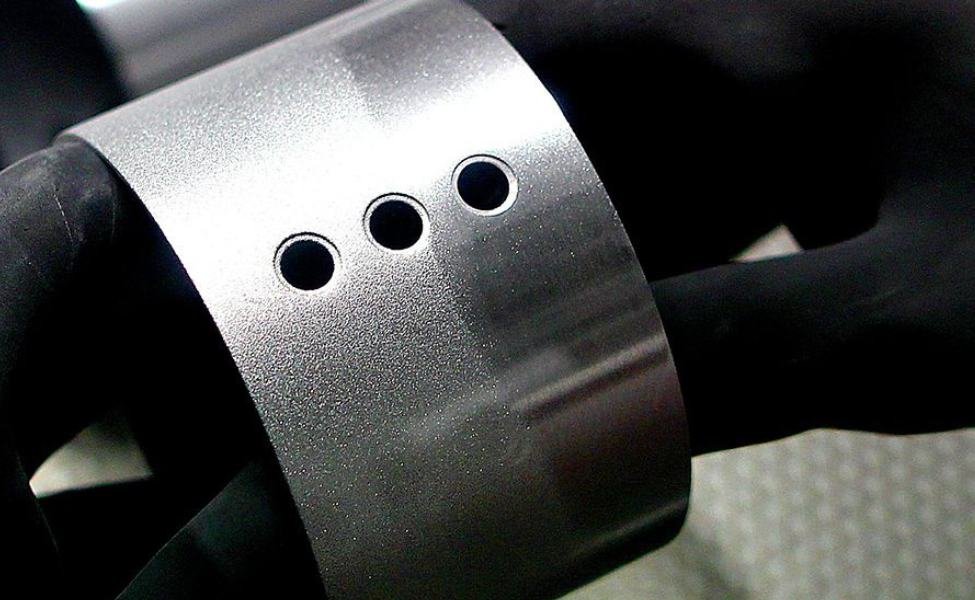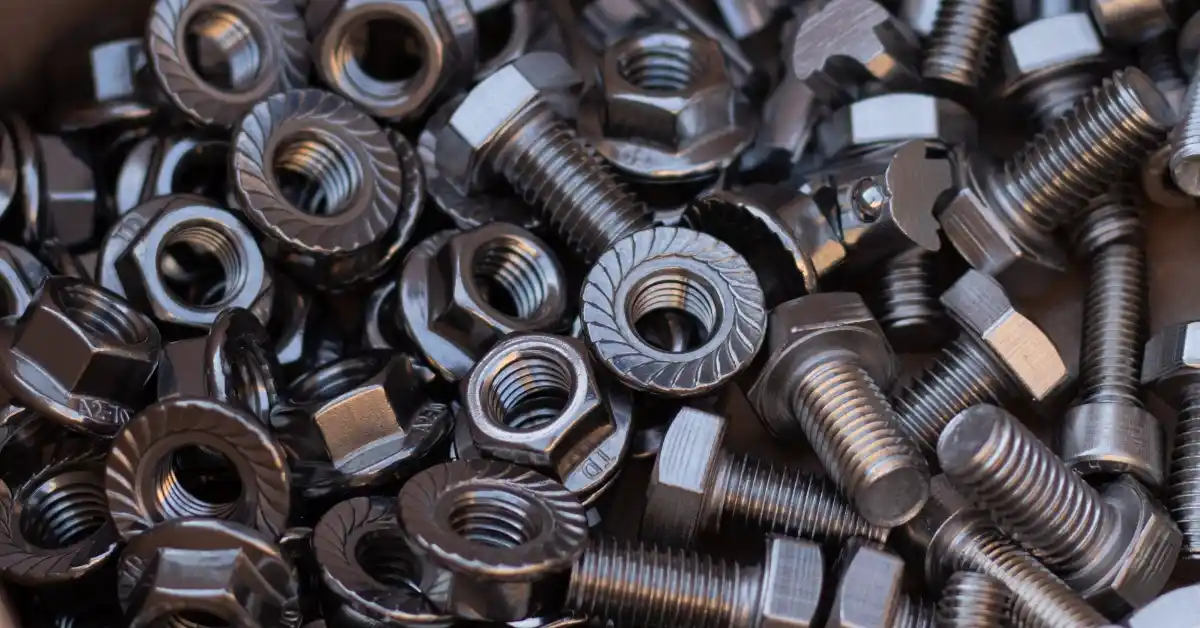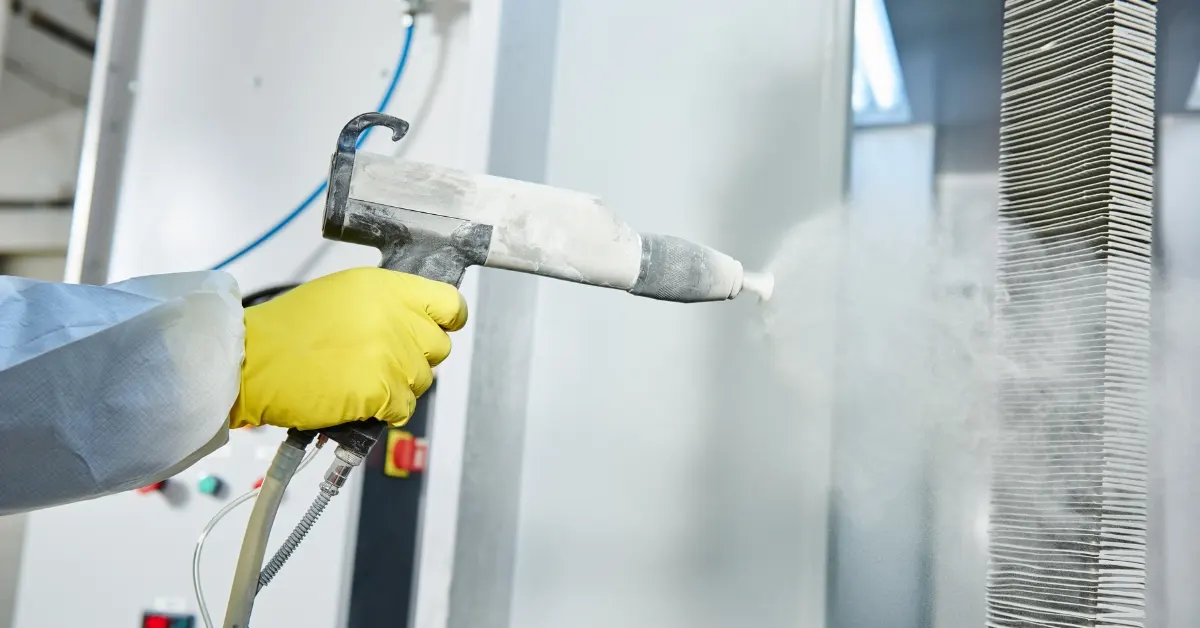Metal Hinges: The Essential Guide for All Applications
Metal hinges are the unsung heroes of our daily lives. From the creaking door of your grandmother's house to the sleek cabinet doors in modern kitchens, metal hinges play a crucial role in ensuring smooth movement and functionality. In this article, we delve into the world of metal hinges, exploring their benefits, types, materials, finishes, applications, and much more.
Benefits of Metal Hinges
- Durability:Metal hinges are known for their longevity, making them a reliable choice for various applications.
- Strength:The inherent strength of metal enhances the structural integrity of doors and cabinets, contributing to their overall robustness.
- Stability:Metal hinges provide stability, ensuring that doors and cabinets open and close smoothly without any wobbling or misalignment.
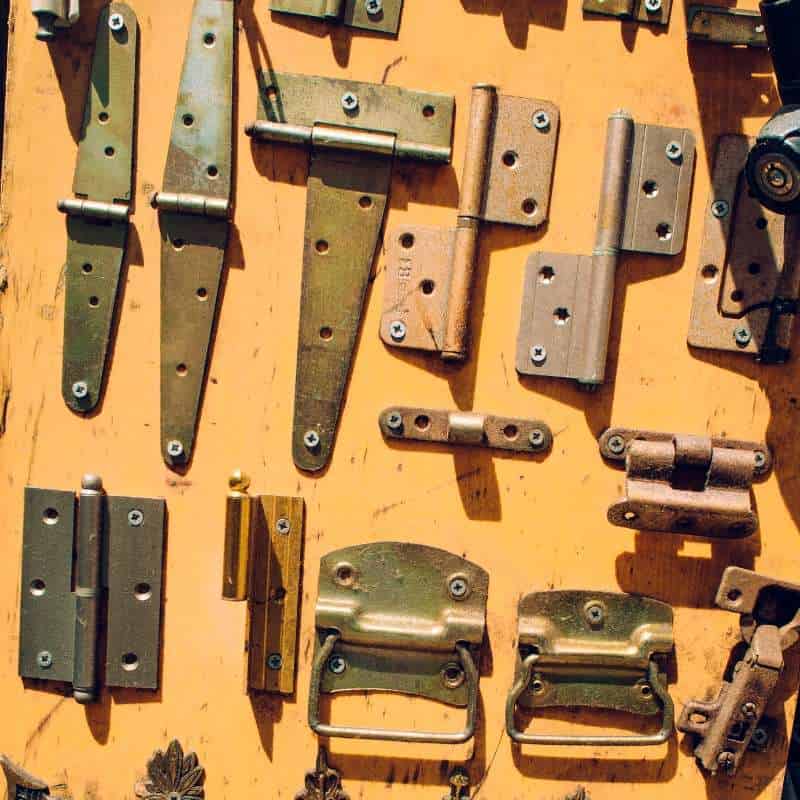
Types of Metal Hinges
- Butt Hinges: Commonly used in doors, butt hinges are known for their simplicity and reliability.
- Piano Hinges: Long and slender, piano hinges are ideal for applications that require continuous support, such as piano lids.
- Concealed Hinges: offer a sleek and minimalistic appearance, making them a popular choice for cabinets and furniture.
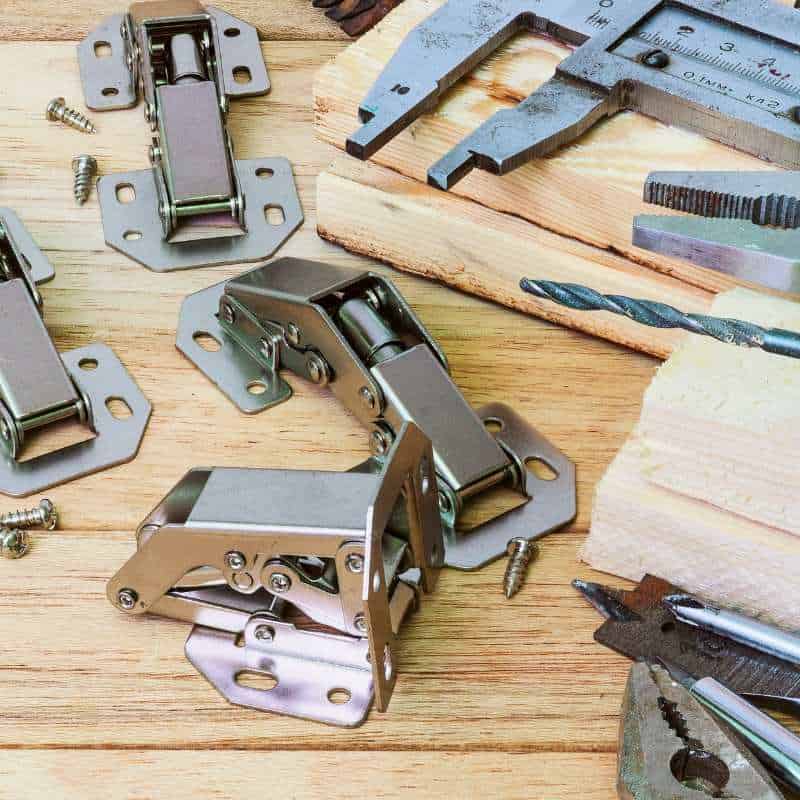
Materials Used in Metal Hinges
- Stainless Steel: Exceptional corrosion resistance, suitable for diverse environments.
- Brass: Elegant aesthetic, corrosion-resistant with a developing patina.
- Zinc Alloy: Cost-effective, balancing strength and affordability.
- Aluminum: Lightweight, corrosion-resistant, ideal for projects with weight considerations.
- Iron: Robust for heavy-duty applications, requiring maintenance for rust prevention.
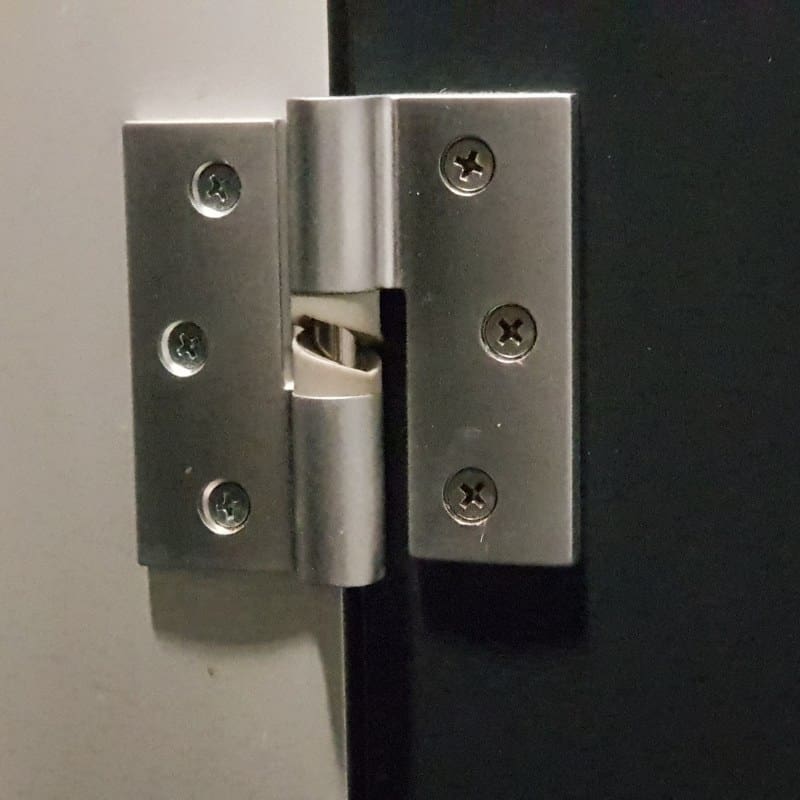
Finishes for Metal Hinges
- Polished Finish: Adds elegance, easy to clean. Ideal for decorative purposes in various settings.
- Antique Finish: Offers a vintage or rustic look. Adds character to cabinets and doors, popular for decorative use.
- Satin Finish: Provides a smooth, matte appearance. Commonly used for modern and minimalist designs.
- Powder Coating: Durable and resistant to chipping and scratching. Suitable for outdoor use, it provides an additional layer of protection.
- Anodizing: This creates a sleek and contemporary look. Popular in modern and industrial settings.
Applications of Metal Hinges
Metal hinges, prized for their durability, are integral components across a spectrum of applications. In residences, they ensure seamless operation in doors, cabinets, and windows. Commercially, they contribute to security in storefront doors, enhance functionality in office furniture, and support heavy machinery. Automotive applications rely on metal hinges for smooth car door and trunk lid operations. In furniture, they play a crucial role in chairs, tables, and various cabinetry. Their adaptability extends to specialized areas like marine structures and aerospace components, showcasing resistance to corrosion and enduring strength. This broad versatility underscores the significance of metal hinges in diverse industries, addressing both functional and aesthetic requirements.
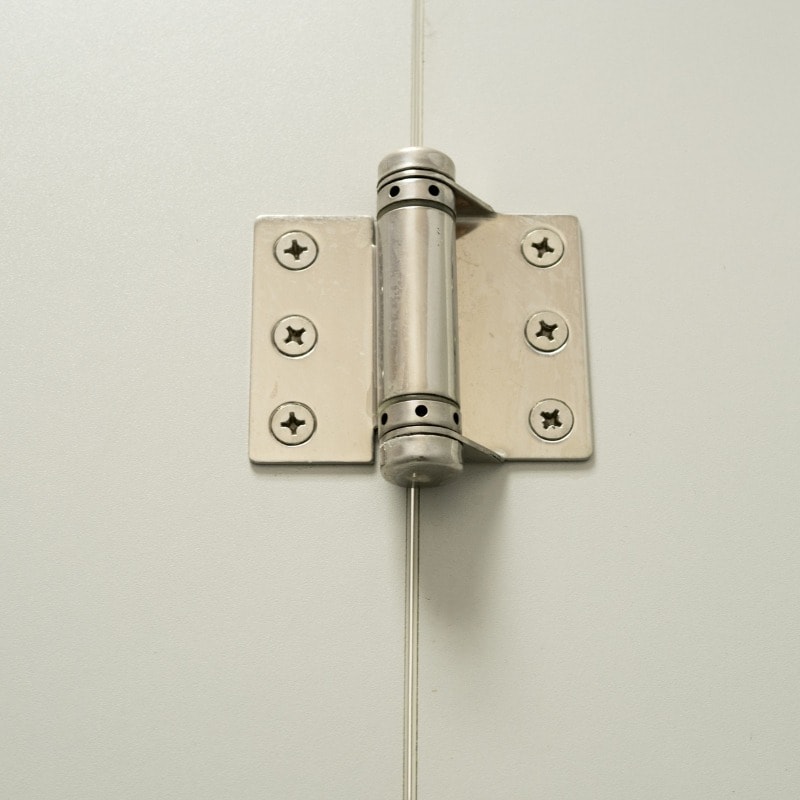
Choose the Right Metal Hinges
Selecting the appropriate metal hinges is a critical decision that directly impacts the functionality and longevity of doors, cabinets, and various structures. Consider the following factors to make an informed choice:
Application Type:
Assess whether butt hinges, piano hinges, or concealed hinges suit your specific application.
Load-Bearing Capacity:
Ensure the hinges can handle the weight requirements of your project for optimal performance.
Aesthetics:
Choose a finish that aligns with your project’s style, be it polished, antique, or modern.
Corrosion Resistance:
Select materials like stainless steel for outdoor applications due to their corrosion resistance.
Durability:
Prioritize materials like stainless steel or brass for a longer lifespan based on your project’s usage.
Budget:
Balance functionality and cost by considering budget-friendly options like zinc alloy.
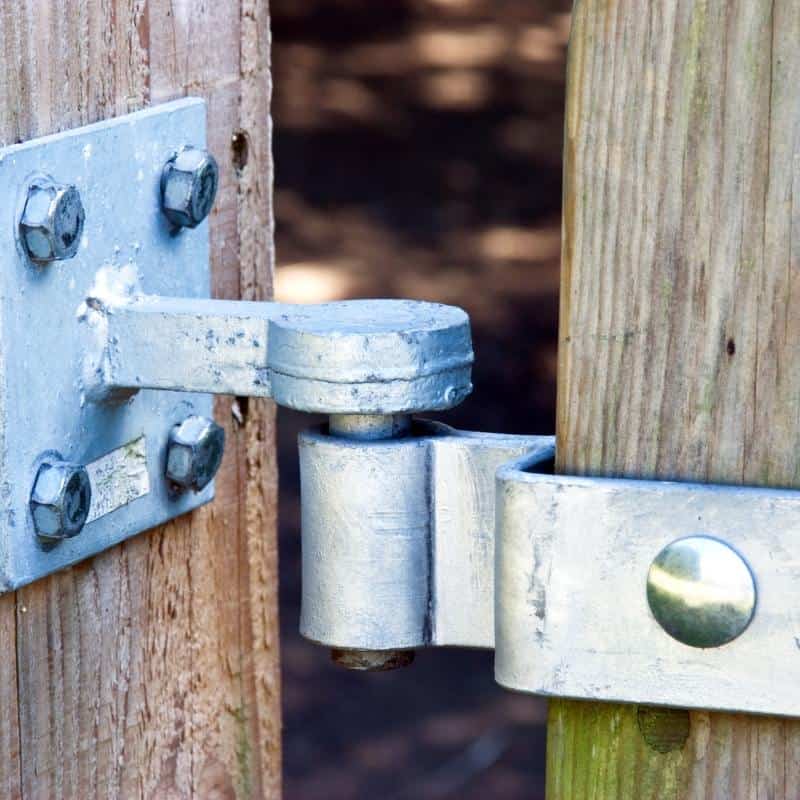
Installation and Maintenance
- Alignment: Ensure precise alignment for smooth operation. Misalignment can lead to premature wear and tear.
- Screws: Use appropriate screws of the correct size and material to secure hinges firmly in place.
- Clearance: Provide sufficient clearance between the door and frame to prevent friction and enhance longevity.
- Weight Distribution: Distribute weight evenly on multiple hinges to prevent strain on a single hinge.
- Maintenance Practices:
- Regular Inspection: Periodically check for any signs of wear, rust, or misalignment.
- Lubrication: Apply a suitable lubricant to hinge joints to maintain smooth movement.
- Tighten Loose Screws: Ensure all screws are tightly secured to prevent wobbling or misalignment.
- Rust Prevention: For outdoor applications, consider rust-resistant coatings and regular cleaning to prevent corrosion.
- Hinge Material Compatibility: Use maintenance practices suitable for the specific material of your hinges.
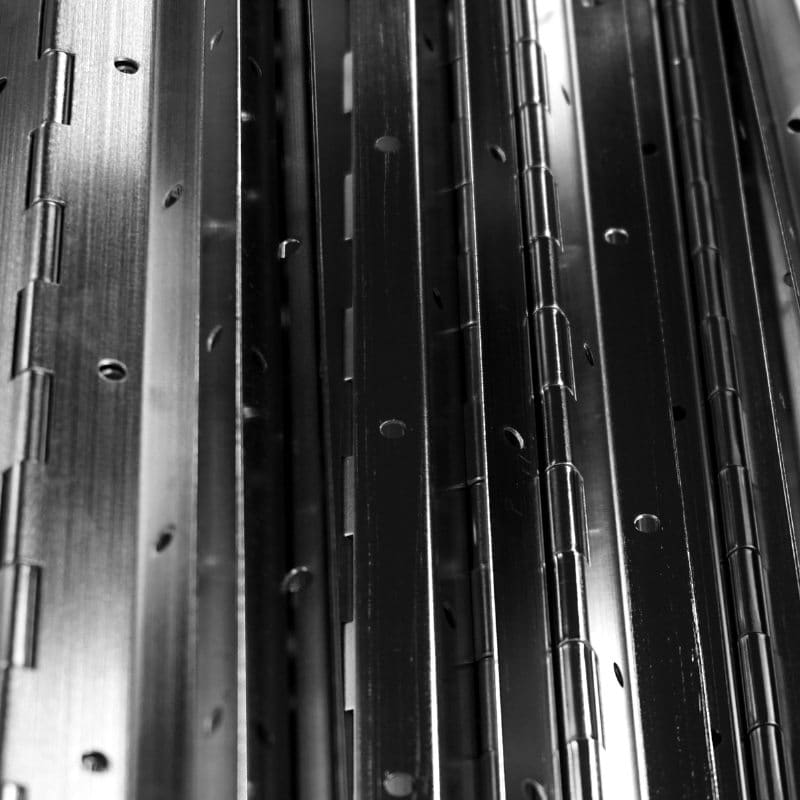
Innovations and Future Trends
Metal hinges are undergoing exciting innovations and anticipating future trends. Smart hinges, integrating sensors and connectivity, enhance security and remote monitoring. Sustainability is a focus, with the exploration of eco-friendly materials. 3D printing enables intricate designs and customized solutions, while anti-microbial coatings address hygiene concerns. Future trends lean towards minimalistic designs, aligning with modern architectural styles. These advancements ensure metal hinges evolve to meet the dynamic demands of the construction and design landscape.
Customize Metal Hinges for Your Project
Tailoring metal hinges to your project’s specifications is simplified with a reputable manufacturer. Begin by clearly defining your requirements, such as load capacity and application type. Research reputable manufacturers, considering reviews and ratings. Directly communicate with chosen manufacturers, discussing customization options and requesting samples for evaluation. Obtain detailed quotes, confirming costs and lead times. Review proposed designs and give final approval for production. This collaborative approach ensures a seamless and customized solution for your project’s unique needs.
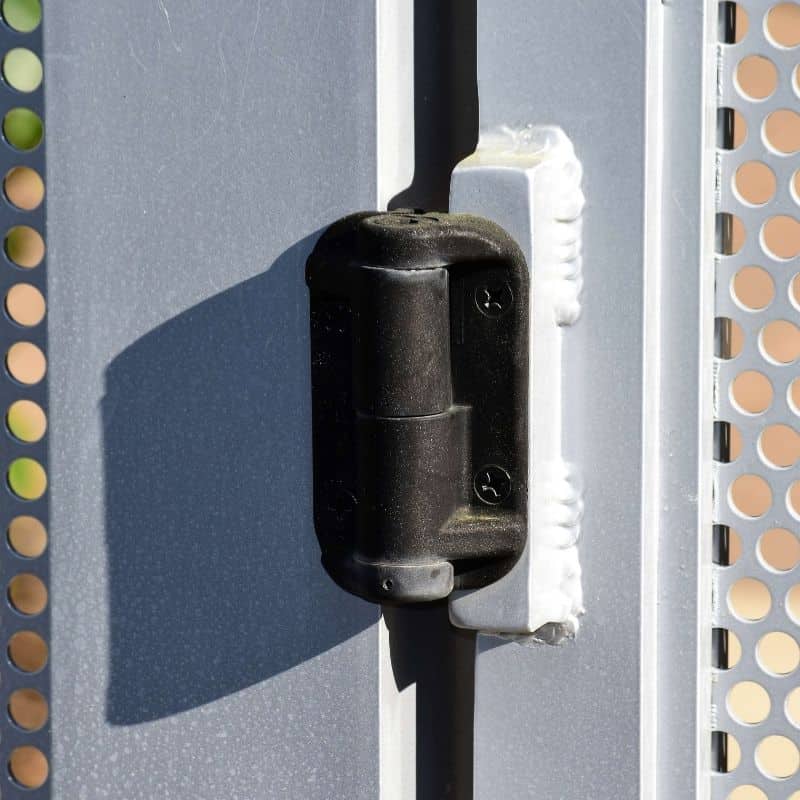
Conclusion
Metal hinges are indispensable components in the world of construction and design. Their durability, versatility, and aesthetic appeal make them a go-to choice for various applications. Whether you’re a homeowner or an architect, understanding the nuances of metal hinges empowers you to make informed decisions for your projects.

